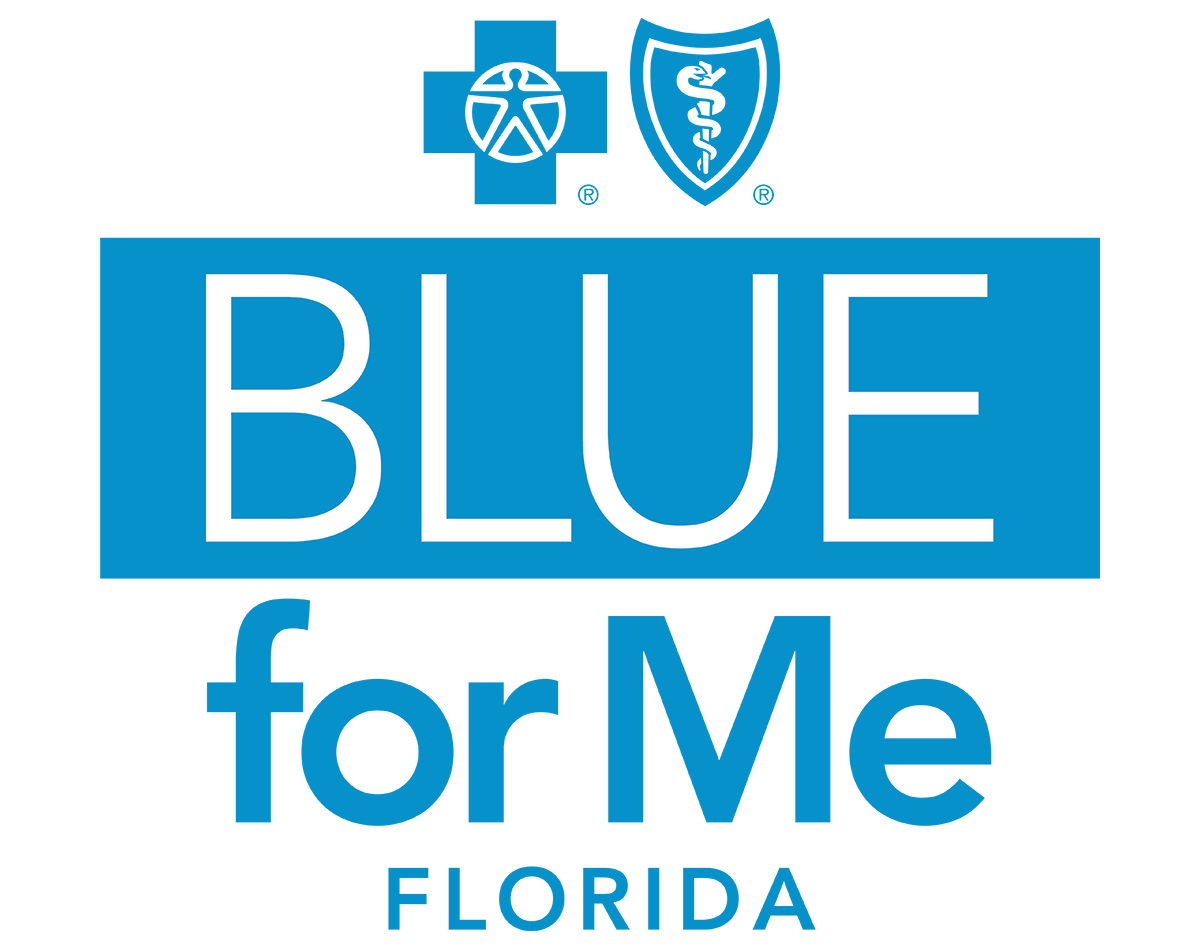Your Pregnancy: A Complete Timeline of Prenatal Visits
Learn what a typical schedule for prenatal care looks like, including which tests and exams happen during each appointment with your provider.

Proper prenatal care is critical to your baby’s health and your own during pregnancy. Over the next 40 (or so) weeks, you’ll make many visits to your Ob-Gyn. In some ways, what happens during those visits is hard to predict. Each appointment is tailored to your personal health concerns and how your baby is developing.
But there are certain milestones and meetings that almost every pregnant person has. Wondering what to expect at the Ob-Gyn’s office while you’re expecting? Here’s an overview of much of what’s to come.
First Trimester (Weeks 1-13)
Most people have their first prenatal visit around 8 weeks and the second about 4 weeks later.
Talk the talk: Your first prenatal visit may be one of your longest, says Abigail Dennis, M.D. Dr. Dennis is an obstetrician in Baltimore. Your Ob-Gyn or midwife will focus on learning all about you and your fetus. They’ll ask about your:
- Health history.
- Family history.
- Lifestyle factors that may impact the pregnancy, such as travel or being around potentially harmful substances.
- Menstrual cycle.
- Fertility journey.
At the same time, you should feel empowered to ask questions. This is a good time to learn about the provider’s practice, experience, and approach. And be sure to ask about any concerns you have. “Early on, you’ll get a sense of who your provider is,” says Dr. Dennis. “We’re starting to form that relationship that’s so critical at the end.”
Exams to expect: At your first prenatal exam, your provider will likely do the following:
- Check your weight and height. This helps your provider make weight-gain recommendations during the pregnancy.
- Check your blood pressure.
- Do a breast and pelvic exam to screen for cancer or any abnormalities.
- Do a Pap test to screen for cervical cancer, depending on when you had your last one.
- Do a urine test to look for any urinary tract or bladder infections.
- Do bloodwork to test for:
- Anemia or low iron levels in your blood. Anemia can affect the pregnancy and make you more fatigued.
- Your Rhesus status. Rhesus (Rh) is an inherited blood protein. The test looks for the Rh protein. If your blood lacks the protein, you are Rh negative. It might mean your pregnancy needs extra attention.
- Infections such as HIV, chlamydia, gonorrhea, and syphilis.
Test spotlight: Genetic screenings are typically done toward the end of the first trimester. Between 11 and 14 weeks, your provider will recommend a nuchal translucency screening. This is a pain-free, non-invasive ultrasound. It measures the thickness of the space at the back of the fetus’s neck. The information is combined with maternal age and your blood levels of PAPP-A (a protein) and HCG (a hormone). It’s used to help doctors figure out the baby’s risk of certain chromosomal conditions, including Down syndrome.
Depending on your health and family history, your provider may screen for other genetic conditions. They might refer you to a genetics counselor too.
Prenatal care takes a village. If you’re having trouble keeping up with appointments, understanding your test results or following your doctor’s orders, BlueForMe can help. This app comes with your health plan, and it can connect you right to your prenatal care team when you need them. Call 844-730-2583 to see if you're eligible for BlueForMe today.
Second Trimester (Weeks 14-26)
For many pregnant people, morning sickness eases during the second trimester. And you’ll begin to feel your baby’s movements. A lot of things can affect how strongly you feel those kicks and flutters, such as previous pregnancies and the placement of the placenta. In this trimester, visits will happen roughly every 4 weeks.
Talk the talk: “So much information has been collected from your first prenatal visits. Now it’s time for watching and waiting,” says Dr. Dennis. Your provider will likely ask about your symptoms and concerns. Don’t be afraid to ask questions, encourages Dr. Dennis. And share any fears or complaints you have. You might begin discussing a birth plan in more detail too.
Exams to expect: At each visit, your provider will track your baby’s growth by measuring the “fundal height.” This is the distance from the pubic bone to the top of your uterus. They’ll also listen to your baby’s heartbeat and check movement.
Your weight and blood pressure will be tracked at each appointment as well. Regular urine tests will screen for bladder or urinary tract infections.
Around 20 weeks, you’ll have an ultrasound with a maternal fetal medicine physician. This ultrasound is often called an anatomy scan. It is much more sophisticated than the in-office tools your provider has used up to this point in your pregnancy. The specialist can closely study the baby’s anatomical growth and check for any abnormalities. If you haven’t already learned the baby’s sex through an earlier blood draw, you’ll be able to learn that as well.
Test spotlight: Between 24 and 28 weeks, your provider will likely screen you for gestational diabetes. If you’re at high risk due to family history or obesity, you may be screened a bit earlier in your pregnancy. For the test, you’ll drink a syrupy glucose (sugar) solution. Then you’ll have your blood drawn 1 hour later. This will be used to measure how well your body handles the glucose load. A blood sugar below 140 mg/dL is typically considered normal. (Some labs may have different criteria.)
If your blood sugar is higher than normal, your provider will recommend a glucose tolerance test. For this test, you’ll have your blood drawn and drink a larger amount of the syrupy solution on an empty stomach. Then you’ll have your blood drawn every hour for 3 hours. If at least 2 of the blood sugar readings are higher than normal, you’ll be diagnosed with gestational diabetes.
The good news is that gestational diabetes can be well managed through diet, exercise, and possibly insulin medication. But it does require regular monitoring to make sure your blood sugar levels are controlled. You may be referred to an endocrinologist and a diabetes educator. They can help you create a plan and check your glucose readings regularly.
Third Trimester (Weeks 27 and Beyond)
Depending on your pregnancy and health, plan to meet with your provider every 2 weeks during your third trimester. Starting at 36 weeks, visits will be weekly. “Your last few visits are super important,” says Dr. Dennis.
Talk the talk: As you near your due date, education becomes a bigger focus of prenatal visits, says Dr. Dennis. You may be encouraged to take a childbirth or newborn basics class. Your healthcare provider will talk through what labor and delivery looks like, in detail. Depending on your health, pregnancy, and preferences, your birth plan may already be taking shape.
Exams to expect: During the third trimester, your provider will keep measuring the baby to make sure your pregnancy is on target, says Dr. Dennis. By this point, you’ll be very used to getting your weight and blood pressure measured. Same with having your baby bump measured and listening to the baby’s heartbeat. Your provider may also check your face and hands for signs of swelling. This may point to preeclampsia, a serious health condition. Preeclampsia is a major cause of premature birth. It can cause severe health problems for you or your baby if left untreated.
Test spotlight: Group B streptococcus (GBS) is a common bacterium. It’s usually harmless in healthy adults. But it can cause serious illness in newborns. Around 36 to 37 weeks, your provider will screen for GBS by swabbing your vagina, cervix, and rectum. If it’s positive, you’ll most likely be given IV antibiotics during labor. This will protect your baby from GBS.
If this seems like a lot to keep track of, step back and take a deep breath. Then try to take appointments one at a time. You can also lean on BlueForMe, your digital health management tool. BlueForMe is an app that comes with your health plan. It can connect with your prenatal care team if you have any questions or need support during your pregnancy.
Sources:
[1] “Prenatal Care and Tests.” Office on Women’s Health, U.S. Department of Health & Human Services, January 2019, https://www.womenshealth.gov/pregnancy/youre-pregnant-now-what/prenatal-care-and-tests. Accessed August 5, 2021.
[2] “Prenatal Care Checkups.” March of Dimes, June 2017, https://www.marchofdimes.org/pregnancy/prenatal-care-checkups.aspx. Accessed August 5, 2021.
[3] “Recommended Clinician Timeline for Screening for Syphilis, HIV, HBV, HCV, Chlamydia, and Gonorrhea.” CDC, July 2020, https://www.cdc.gov/nchhstp/pregnancy/screening/clinician-timeline.html. Accessed August 5, 2021.
[4] “Schedule of Prenatal Care.” UCLA Health, https://www.uclahealth.org/obgyn/workfiles/Pregnancy/Schedule_of_Prenatal_Care.pdf. Accessed August 5, 2021.
[5] “Pregnancy Week by Week.” Mayo Clinic, August 2020, https://www.mayoclinic.org/healthy-lifestyle/pregnancy-week-by-week/in-depth/prenatal-care/art-20044882. Accessed August 5, 2021.
DISCLAIMER: Florida Blue has entered into an arrangement with Wellframe to provide members with care decision support services, information and other services. This article is provided by Linkwell Health through their arrangement with Wellframe. Please remember that all decisions that require or pertain to independent professional medical/clinical judgment or training, or the need for medical services, are solely your responsibility and the responsibility of your physicians and other healthcare providers. Wellframe is an independent company that provides online services to Florida Blue members through the Blue for Me app.



